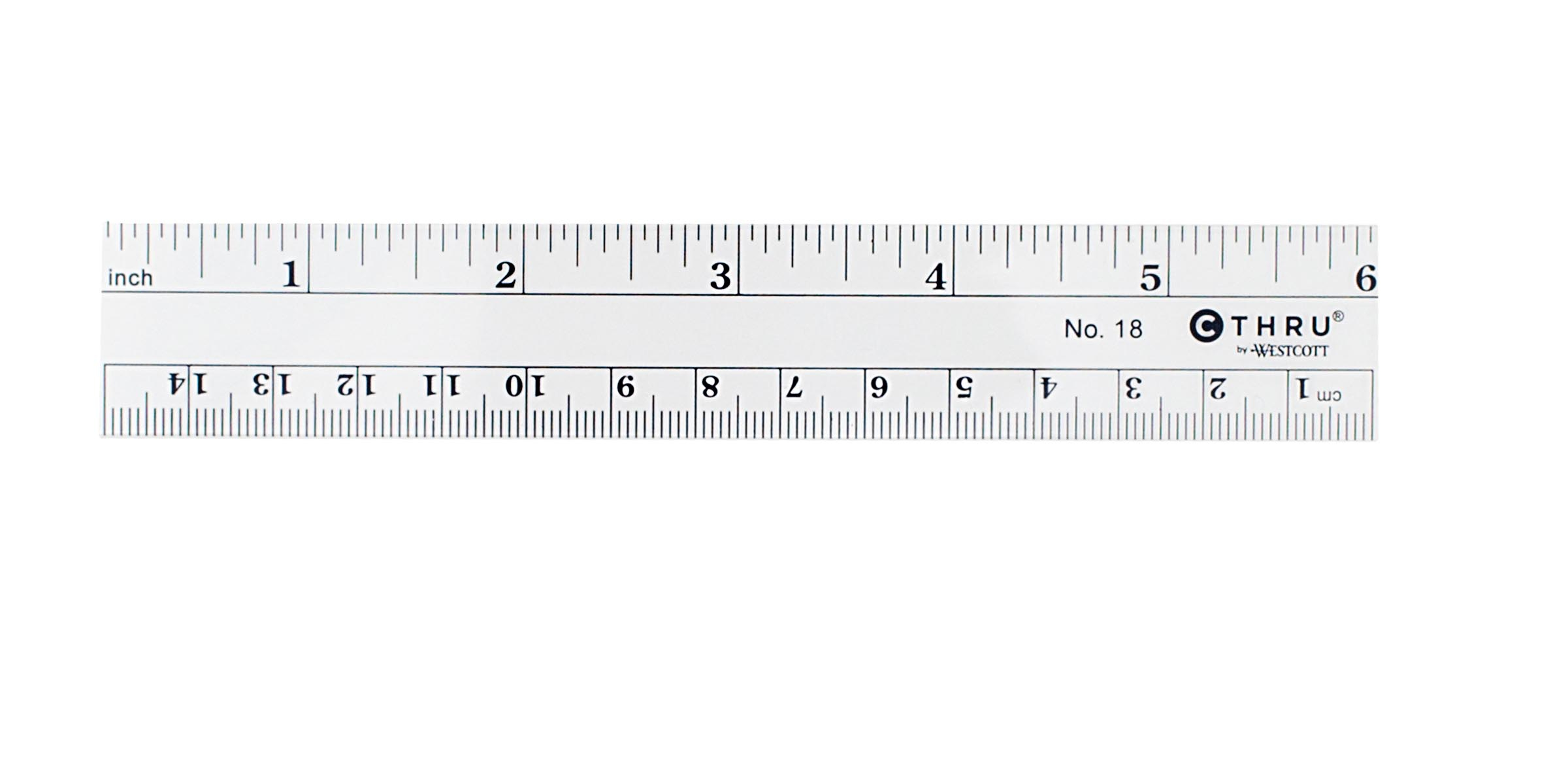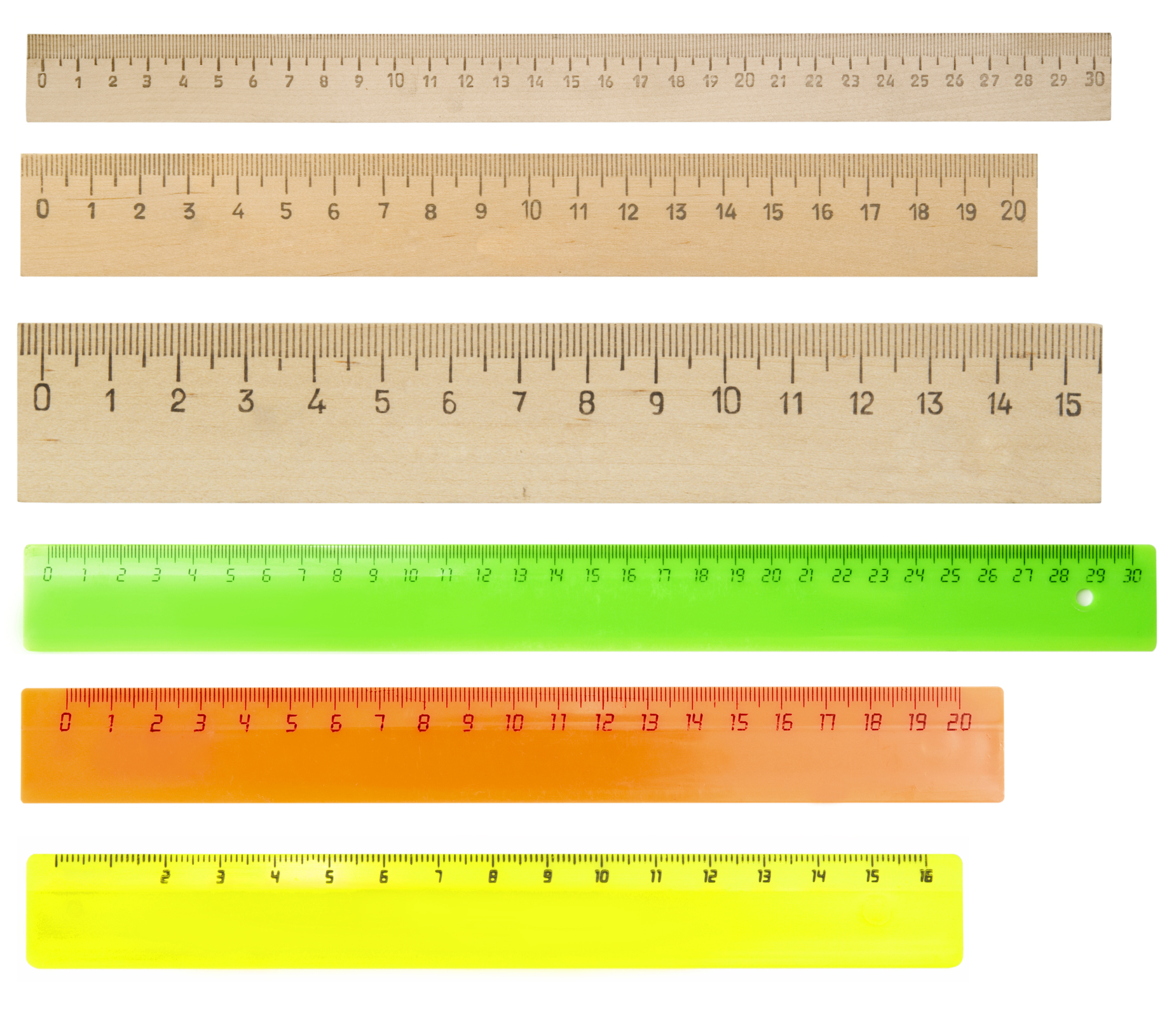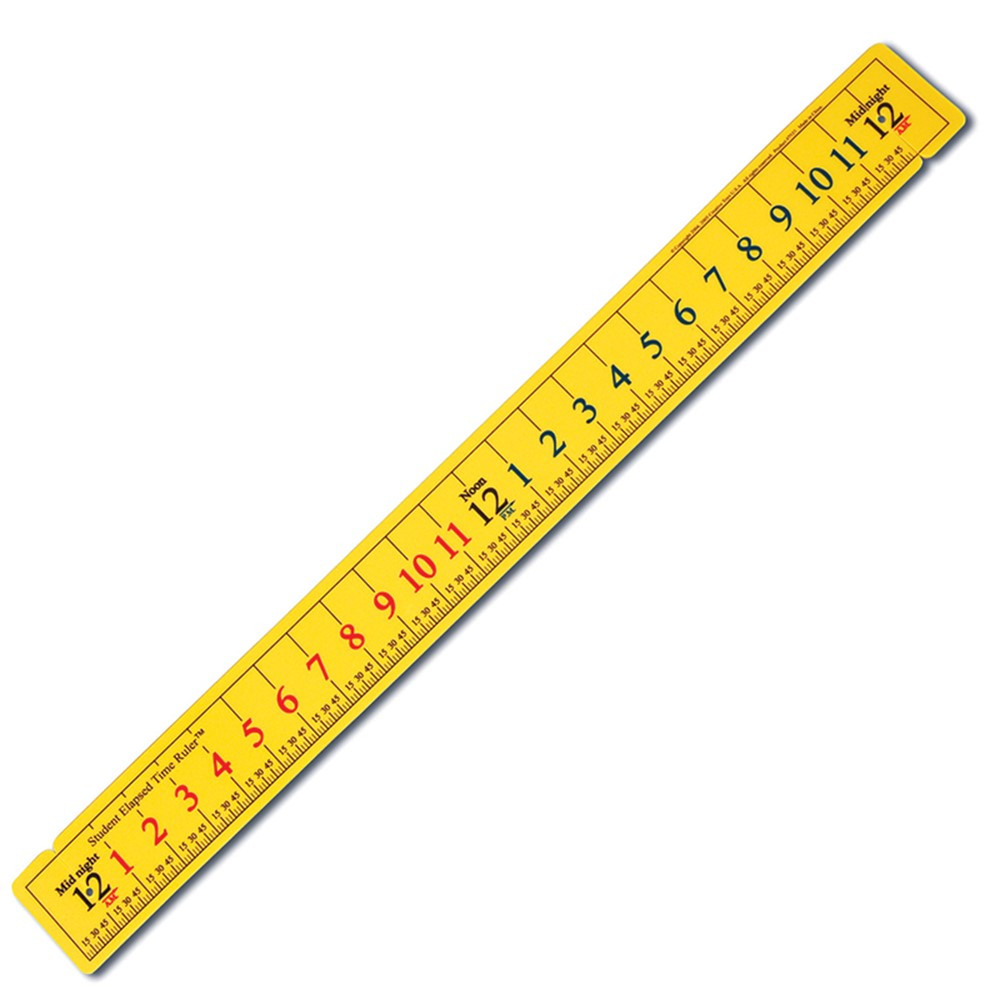

This paper describes a system for non-contact object measurement by sensing and assessing the distinct spatial frequency of the graduations on a ruler. When a ruler is placed in the same plane of an object being measured it can serve as metric reference, thus a measurement system can be defined and calibrated to correlate actual dimensions with pixels contained in an image. The method is shown to be fast and accurate and has wider application in other imaging disciplines, such as radiography, archaeology and surveying.ĭetermining an object measurement is a challenging task without having a well-defined reference. We detail the steps of the algorithm and demonstrate the accuracy of the estimation on both a calibrated set of test images and a wide collection of good and poor quality crime-scene images.

The method detects the location of the ruler in the image and then uses spectral analysis to estimate the direction and wavelength of the ruler graduations. Here we present a fully automated method for detecting and estimating the direction and graduation spacing of rulers in forensic photographs. The process can be laborious and inaccurate, especially when the ruler graduations are indistinct because of poor contrast, noise or insufficient
Ruler image manual#
In forensic bureaus, this is commonly achieved by manual selection of two or more points on the ruler within the image, and entering the units of the measure distance. To enable scaling, such photographs are taken with forensic rulers in the frame so that image pixel distances can be converted to standard measurement units (metric or imperial).

In the case of latent marks, such as fingerprints, image calibration to a given dots-per-inch is a necessary step for image segmentation, preprocessing, extraction of feature minutiae and subsequent fingerprint matching. -click the ruler intersection and choose a unit type from the pop-up menu.Ĭhanging the units will automatically change the units on displayed rulers.The assessment of forensic photographs often requires the calibration of the resolution of the image so that accurate measurements can be taken of crime-scene exhibits or latent marks.With either the View Tool or Zoom Tool selected, choose a unit of measurement from the pop-up menu on the context toolbar.

If you have placed ruler guides, their positional values will be recalculated based on the repositioned spread origin. Enter X and Y values into the Spread Origin section.


 0 kommentar(er)
0 kommentar(er)
